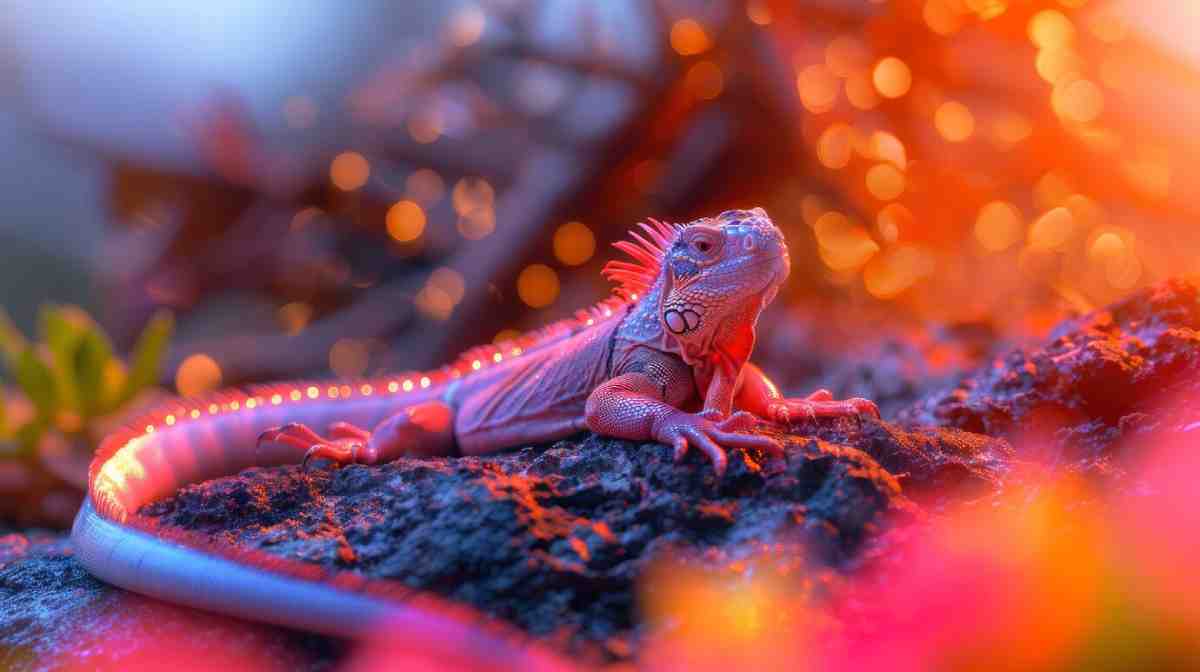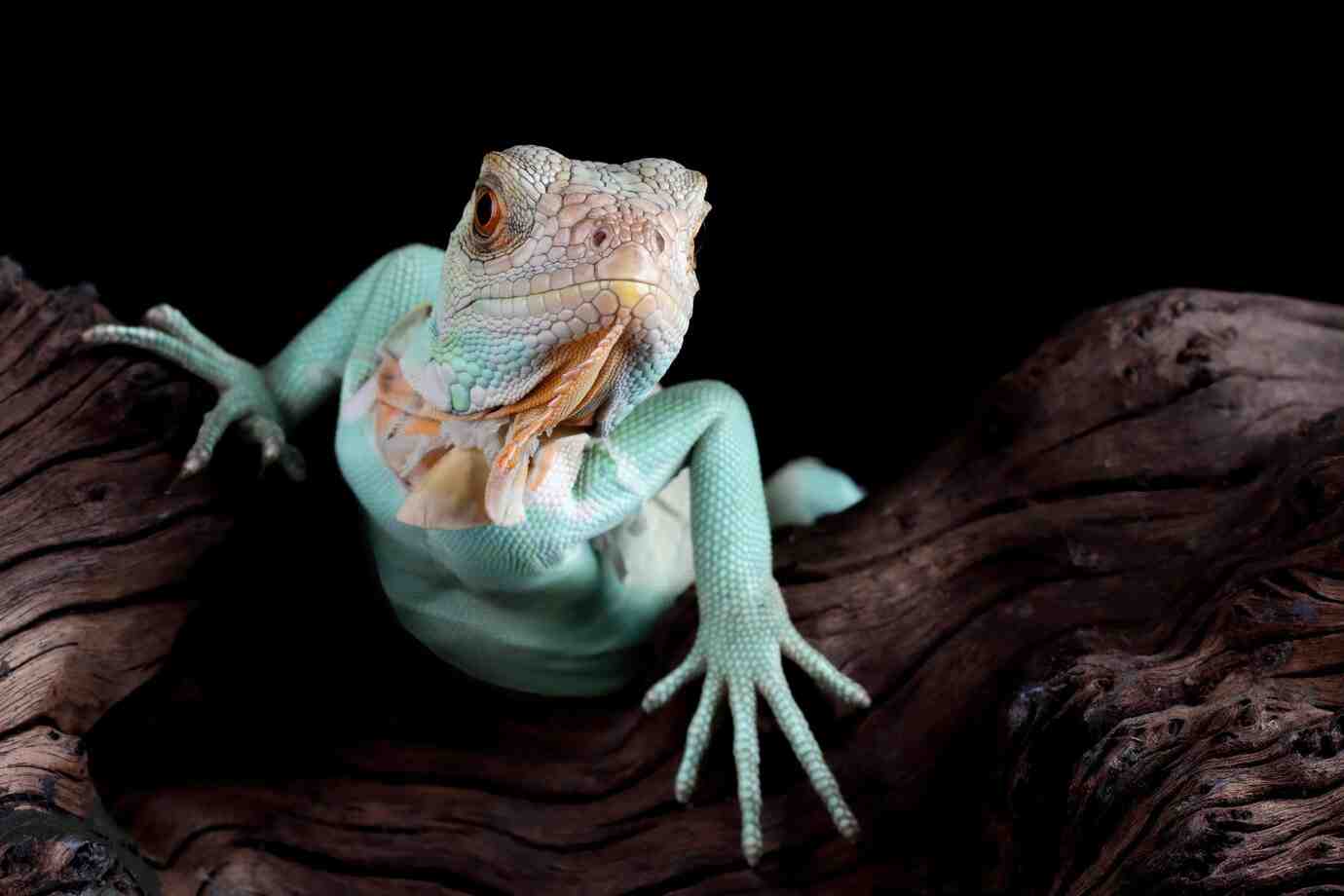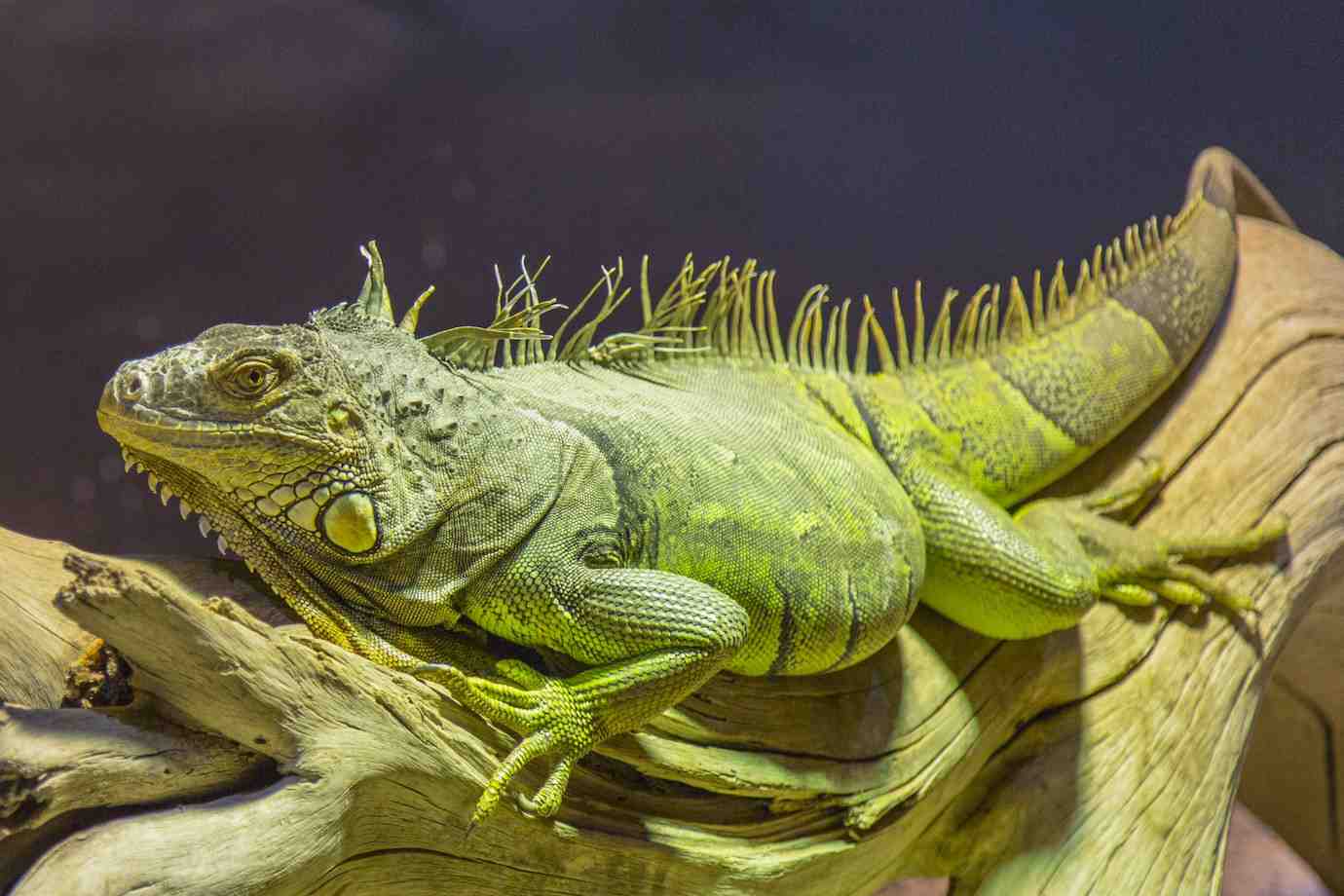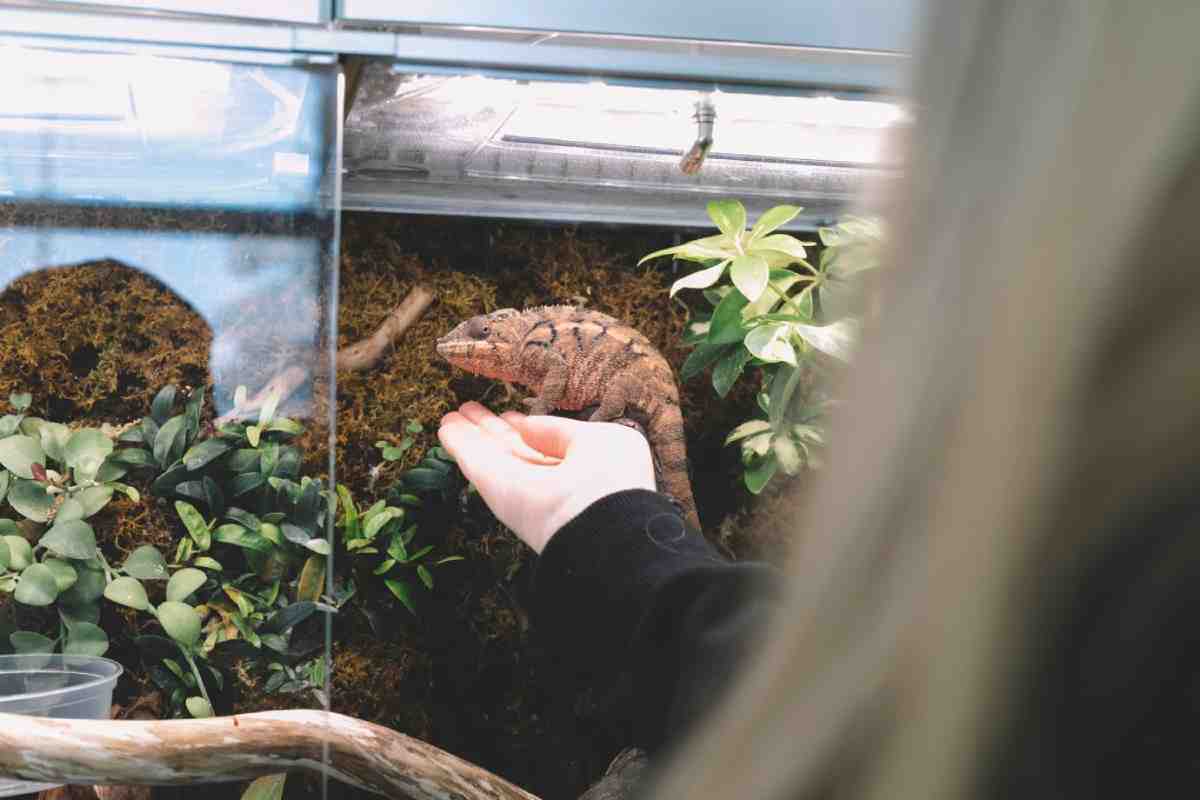
How to Create the Perfect Terrarium for Reptiles
Imagine being transported to a completely different climate, one where the temperature, light, and moisture levels are finely tuned to match your biological needs. That’s precisely what your reptile experiences in a well-designed terrarium. Whether you’re new to keeping exotic pets or a seasoned herpetologist, understanding the nuances of a proper reptile terrarium setup is essential.
Creating the perfect habitat doesn’t just benefit your pet’s health – it enhances their behaviour, boosts longevity, and strengthens your bond with them. In this guide, you’ll learn everything from enclosure types and lighting, to substrate choices and humidity regulation. Ready to create the best reptile enclosure? Let’s dig in.
Choosing the Right Terrarium: Glass, PVC, or Wood?
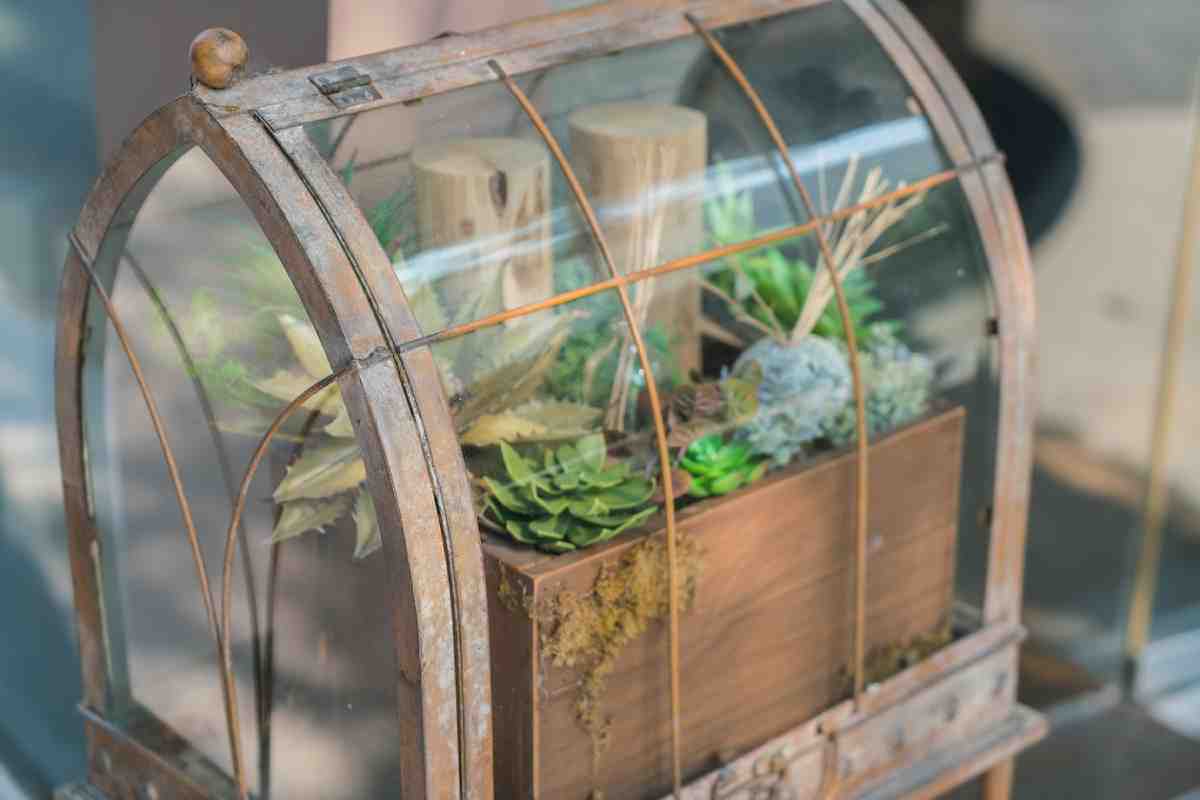
The Big Three Enclosure Types
Selecting the best reptile enclosure depends on your pet’s species, activity level, and environment:
- Glass Tanks: Excellent visibility, ideal for tropical species needing high humidity.
- PVC Cages: Lightweight, durable, and great for maintaining heat.
- Wooden Vivariums: Good insulation but less suitable for high-humidity environments.
Pro Tip: Think of your enclosure as a microclimate. Choose materials that help maintain your pet’s specific temperature and humidity requirements.
Sizing Matters
A common mistake? Choosing a tank that’s too small. Reptiles need space to move, bask, and hide. As a rule of thumb:
- Lizards: At least 2x their length in floor space.
- Snakes: Enclosure length = snake length.
- Arboreal species: Prioritise height over width.
Setting Up the Ideal Substrate
What is Substrate and Why is it Important?
Substrate is the material that lines the bottom of your reptile’s terrarium. It plays a huge role in regulating humidity, supporting digging behaviour, and maintaining hygiene.
Substrate Options
Here are some of the most common and safe bedding for reptiles:
- Coconut Husk or Coir: Great for humidity retention.
- Reptile Carpet: Washable, reusable, and hygienic.
- Aspen Shavings: Ideal for burrowing snakes.
- Bioactive Soil Mixes: Mimic natural habitats and support live plants.
Avoid: Cedar or pine shavings – these are toxic to reptiles.
For deeper substrate guidance, explore Choosing the Right Substrate for Exotic Reptiles.
Lighting Essentials: Mimicking the Sun Indoors
The Role of UVB and UVA Light
Unlike mammals, reptiles rely on UVB lighting to synthesise vitamin D3, which in turn helps absorb calcium. Without it, many reptiles can develop metabolic bone disease.
- UVB (290-320nm): Needed for D3 production.
- UVA (320-400nm): Influences behaviour, feeding, and mating.
Lighting Placement and Timing
- Distance: Keep bulbs 12–18 inches from basking areas.
- Duration: 10–12 hours of light daily.
- Replace Bulbs: Every 6 months, even if they still emit light.
Learn more in Lighting Essentials for Healthy Reptile Enclosures.
Creating Temperature Gradients
Why Gradients Matter
In the wild, reptiles thermoregulate by moving between warmer and cooler areas. Your terrarium should simulate this with a temperature gradient.
- Basking Spot: Warmer zone (80–100°F, depending on species).
- Cool Side: 70–80°F range.
Use heat lamps or ceramic heat emitters for basking zones. Always monitor temperatures with thermometers on both ends.
Managing Humidity and Ventilation
Tailoring Humidity to Species
Humidity is crucial for shedding, respiration, and hydration. Here’s a general guide:
- Rainforest reptiles (e.g., chameleons): 70–90%
- Desert reptiles (e.g., bearded dragons): 30–50%
- Temperate reptiles: 50–70%
Tools and Tips
- Hygrometers: For measuring humidity.
- Misting systems: Automated or manual.
- Water bowls: Double as humidity sources.
- Live Plants: Natural humidity boosters.
Proper ventilation prevents mould growth and respiratory issues. Use mesh tops or built-in vents.
Furnishing Your Reptile’s Home
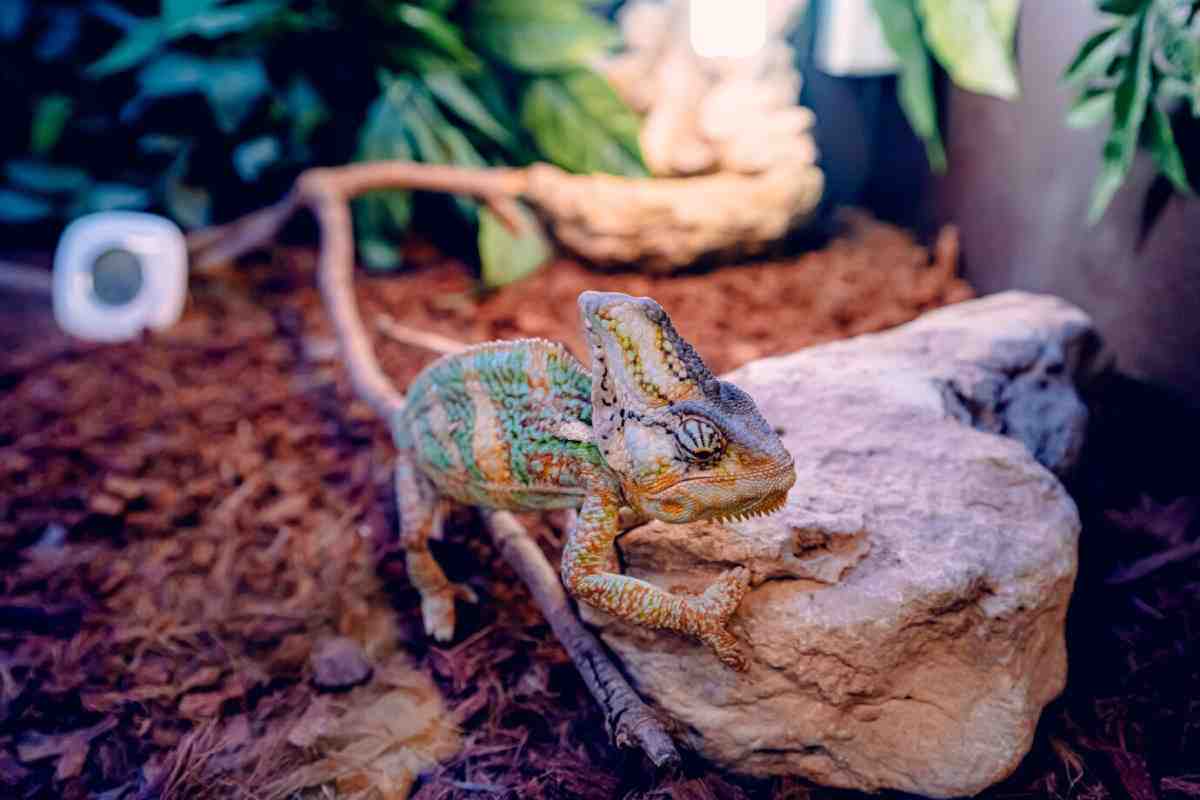
Essentials for Comfort and Enrichment
- Hides: At least one on each side (warm and cool)
- Climbing branches: Especially for arboreal species
- Water and food bowls: Shallow and easy to clean
- Basking platforms: Flat stones or logs
- Substrate depth: Deeper for burrowers like ball pythons
Decoration Tips
Use non-toxic, reptile-safe decor. Consider:
- Natural rocks (heat-retentive)
- Cork bark
- Fake plants (for low-maintenance beauty)
- Backgrounds: Add depth and visual appeal
Bioactive Setups: Self-Sustaining and Stunning
A bioactive terrarium includes live plants, beneficial bugs (clean-up crew), and natural substrates. Benefits include:
- Natural waste breakdown
- Enrichment from dynamic habitat
- Lower long-term maintenance
Choose species-compatible flora and microfauna. Popular plant picks:
- Pothos
- Ferns
- Bromeliads
Always quarantine plants and bugs before adding them.
Maintenance Routine: Keeping the Habitat Healthy
Daily Tasks
- Spot clean waste
- Check food and water
- Monitor temperature and humidity
Weekly Tasks
- Deep clean food bowls
- Mist substrate (if required)
- Trim live plants
Monthly Tasks
- Replace substrate as needed
- Check for mould or pest infestations
- Clean decor items
Common Mistakes to Avoid
- Overheating or underheating the enclosure.
- Wrong UVB placement or outdated bulbs.
- Incorrect substrate (e.g., sand for certain lizards).
- Lack of hides causing stress.
- Mismatched species cohabiting.
- Poor ventilation leading to health issues.
Real-Life Terrarium Success Story
Sophie, a first-time reptile keeper from Leeds, struggled with her leopard gecko’s health. After researching and revamping her terrarium with proper lighting, bioactive substrate, and climbing enrichment, her pet’s energy levels and appetite drastically improved.
Her takeaway? “It’s not just about a pretty tank. When you mimic their natural world, you’re truly caring for them.”
Build a World They Can Thrive In
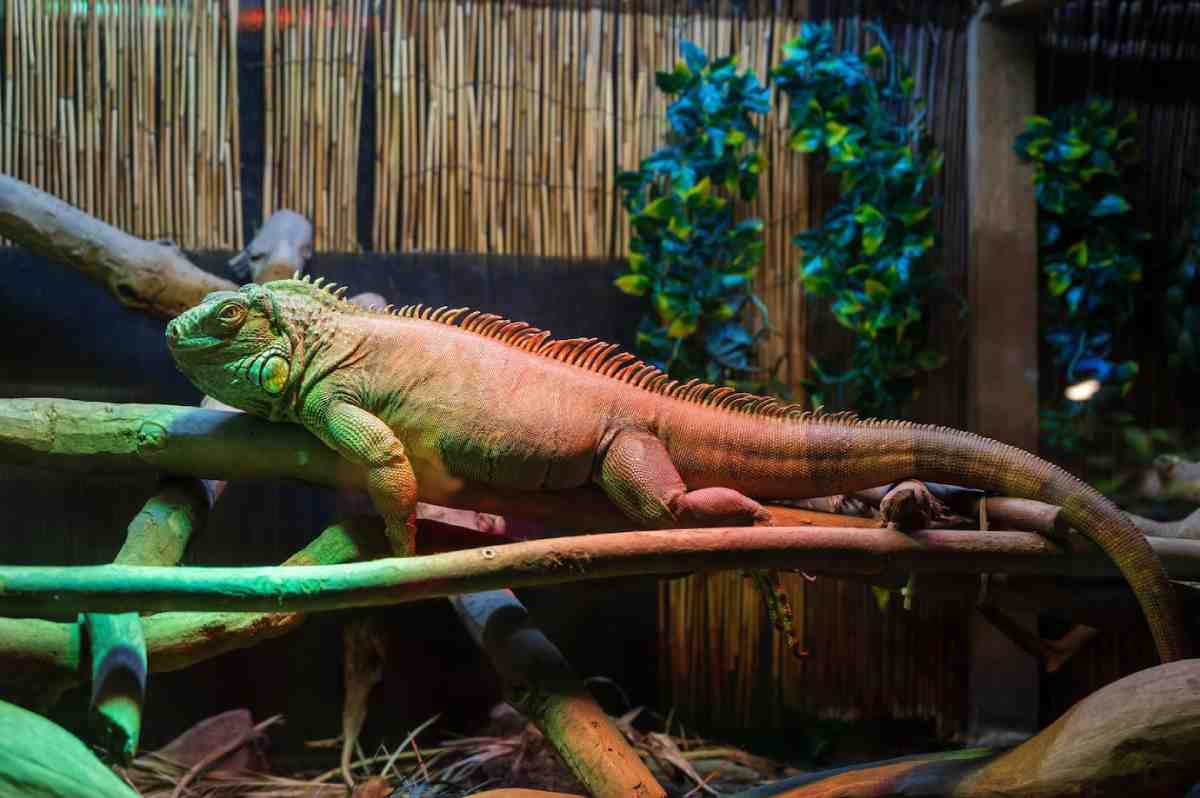
Creating the perfect reptile terrarium setup is more than aesthetics – it’s a commitment to your exotic pet’s well-being. From understanding the best reptile enclosures to fine-tuning lighting, humidity, and layout, each choice plays a crucial role in your reptile’s quality of life.
So go ahead: measure twice, design with intention, and watch your reptilian companion thrive.
Ready to create a habitat your pet will love? Share your progress or tips in the comments below, or explore our other in-depth care guides!
